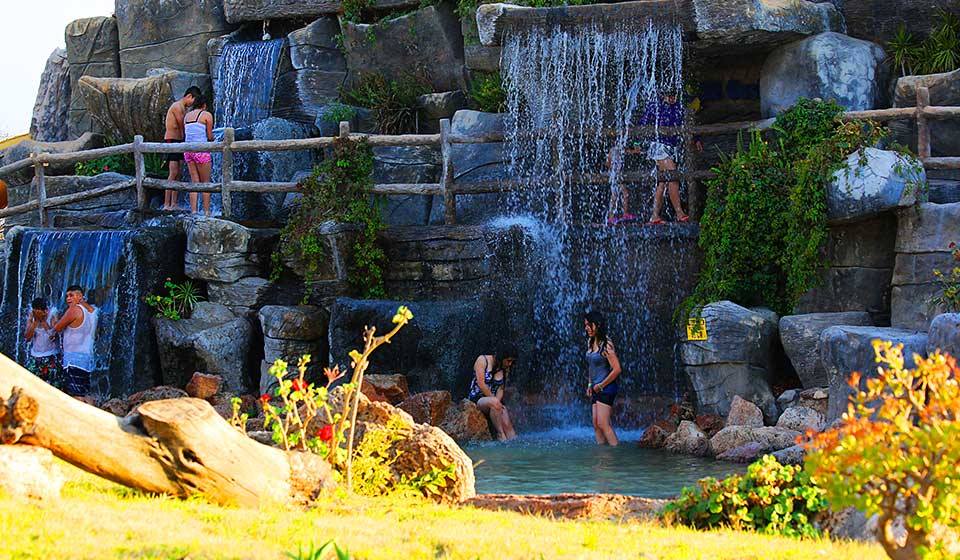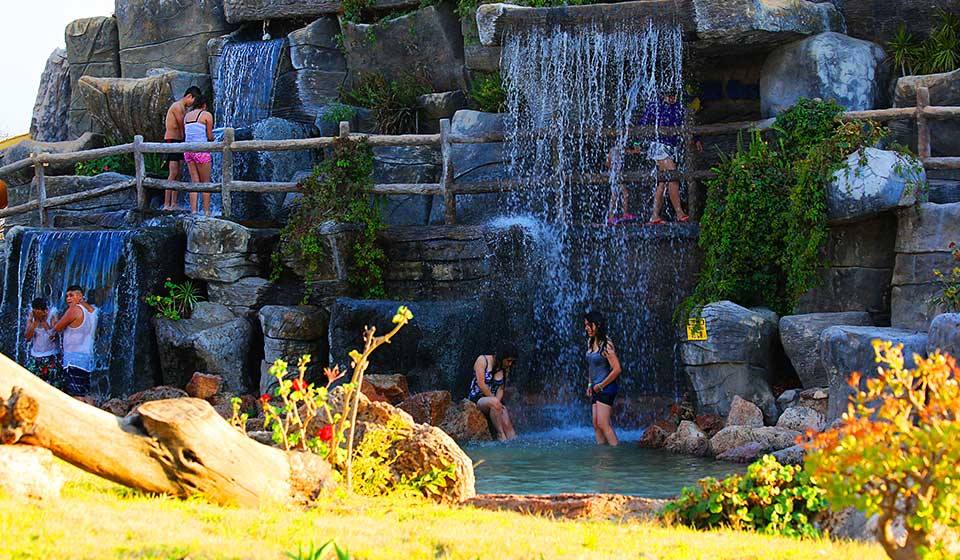This Magic Town’s name, which in the Nahuatl Language means “place of water and teuqesquites”, refers to the traditional hot springs in Queretaro. However, this destination is full of surprises, and the best news is that it is only two hours from Mexico City. Admire its colonial architecture while walking along its quiet, cobbled streets.
Tequisquiapan is famous for its thermal waters, and for being the center of a wine and cheese producing region. The city serves as municipal seat of its surrounding municipality of the same name. At the 2005 census the city showed a population of 26,858 inhabitants, the fourth-largest community in the state in population, while the municipality had a population of 54,929. The municipality has an areal extent of 343.6 km² (132.66 sq mi) and includes numerous smaller communities, the largest of which are San Nicolás and La Fuente.
Tequisquiapan, famous for its spas with thermal waters, becoming a popular tourist resort for Mexico City and Querétaro residents, as well as a place to vacation for many Europeans. Its mild climate and winding colonial streets make it ideal for leisurely strolls. In the center of the town stands Plaza Miguel Hidalgo, dominated by a 19th-century wrought-iron pavilion and surrounded by stone archways.
At one end stands the parish church of Santa María de la Asunción, with its neo-classic facade, completed in the mid-19th century. Spanish missionaries said the town’s first mass under the giant mesquite tree next to it. A mosaic of small, irregular, interlocking stone blocks pave Tequisquiapan’s narrow streets, which lead to the central square, the Plaza Civica. Traffic is closed a block or two from it creating a pedestrian zone.
Scattered throughout the town are several hotels with their own springs. Just a few yards from the numerous shops surrounding the Plaza de Tequisquiapan lies the market where visitors can admire and purchase locally-crafted rush and wickerwork. At the gateway to the Sierra Gorda, rising up is the peak of San Bernal, a gigantic 350 meter high monolith, the third highest in the world after the Rock of Gibraltar and Río de Janeiro’s Sugarloaf Mountain.
This rock is said to bring the inhabitants on the town a long life; the average life span of Bernal residents is said to be a staggering 94.7 years. History Before the arrival of the Spanish conquistadors, the area now occupied by what’s now the town of Tequisquiapan was commonly known as “Tequesquiatlapan,” meaning “River with carbontated water.” Today, Tequisquiapan is a tourist town a weekend retreat for hundreds of Mexico City residents who come for its crystal clear air and sparkling thermal waters.
Click here to find out more about what Tequisquiapan has to offer
Sources: Tequisquiapan.com VisitMexico


